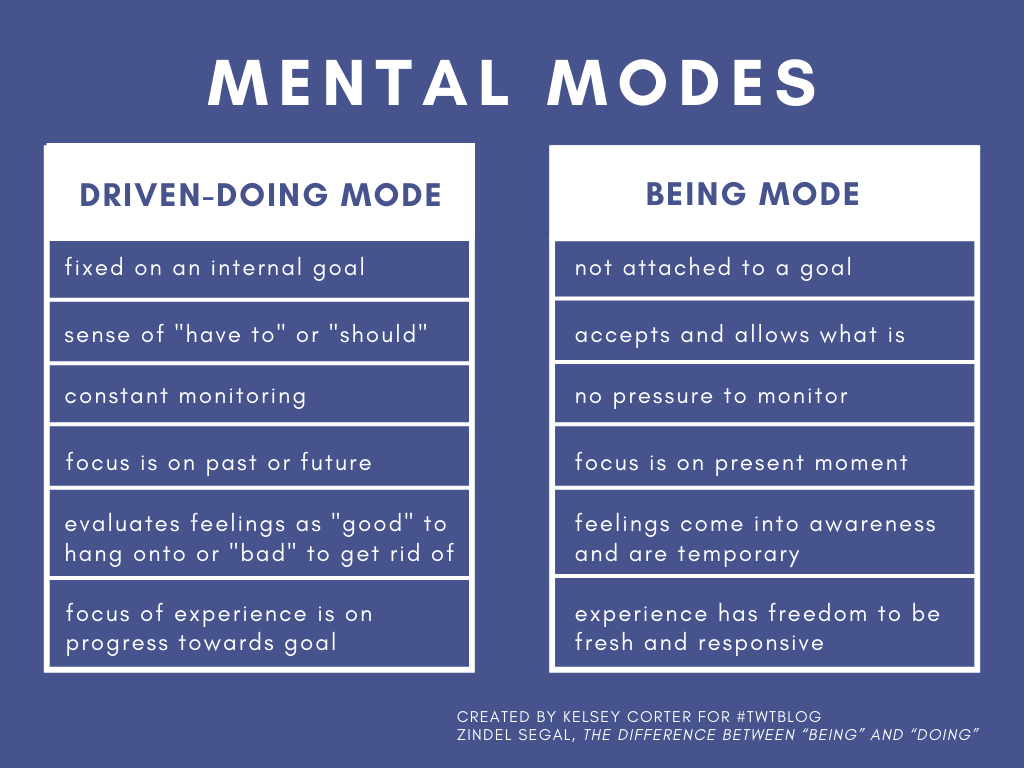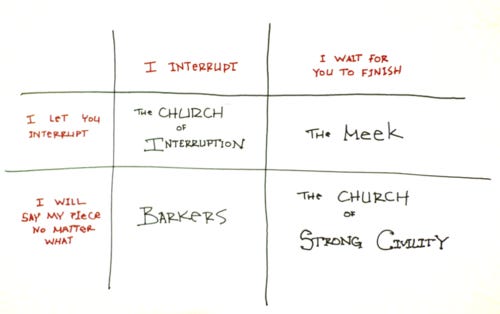Links for September
Another month on the internet
View on SubstackThe Century of the Self
The Century of Self is a 2002 documentary from legendary filmmaker Adam Curtis, tracking the rise of the post-WW2 advertising industry.
Many people today think of Freudian psychology as debunked nonsense, but Curtis makes the case that a mafia of Freudians (namely, his daughter, nephew, and neighbor/colleague) used his ideas to build what we now know as the marketing industry: they literally invented the terms “public relations” and “focus group” (which was pitched as “group therapy for products”). You might think Noam Chomsky invented the idea of “manufactured consent,” but no, it was Freud’s nephew.
Curtis makes the case that prior to the Freudian mafia, advertising mostly tried to convince folks that buying their product was a good, rational decision. The Freudian’s realized that playing to the subconscious mind, through sex, fear, identity, belonging, etc. would be far more effective. And an industry was born.
The Aztec Pantheon
The Pudding has constructed a beautiful and thorough visualization of the Aztec pantheon. I’ve spent some time with other pantheons—Tibetan Buddhas, Hindu gods, Catholic saints—but had never really seen a complete description of a Mesoamerican pantheon. I find the balance of concepts (e.g. life/death, spiritual/material) and the conjunction of opposites in the same deity very compelling.
Being-Doing Balance
I don’t typically go in for wellness-related posts, but Jean Hsu’s concept of being-doing balance really resonated with me. I spend a lot of non-work hours doing things (like taking classes and writing here); while this satisfies the more common concept of work-life balance, it can still lead quickly to burnout.
Spending more time in a passive, receptive mindstate (e.g. meditating or walking) has always been helpful for me, but I’d never fully articulated the idea of being-doing balance. I’m grateful to have this new concept in my lexicon.
The DALL-E Prompt Book
A lot of fuss is being made over the intrusion of AI into the art world, but I’m extremely excited about its potential as a creative medium. dallery.gallery is a website dedicated to this concept: it provides resources for artists looking to leverage DALL-E for creative endeavors. Their prompt book is a comprehensive list of strategies for nudging DALL-E closer to your vision, and a perfect demonstration of the fact that AI-generated art requires skill and creativity.
The Art of Conversation
Two related articles appeared in close succession on Hacker News, explaining differences in conversational strategies. I found both really helpful.
Good Conversations Have Lots of Doorknobs
This article by experimental psychologist Adam Mastroianni breaks conversation participants into two categories: givers and takers. Givers tend to ask questions of their partner, while takers tend to make declarations. Neither is glorified—both have their strengths and weaknesses.
As a lifelong giver, I found it helpful to see the shadow side of my conversational habits exposed.
The Church of Interruption
In this article, Sam Bleckley breaks conversational participants into four categories, based on their attitudes towards interruption. Each has its own strengths and weaknesses. I find that by identifying which box my conversational partner belongs to, I can adjust my own tactics for a more gratifying discussion.
Norm Macdonald Puts Neil deGrasse Tyson in his Place
This is an old one, but new to me.
Neil deGrasse Tyson has a habit of making cynical philosophical statements in the spirit of New Atheism, like this one:
While diving into Norm Macdonald’s legacy after his semi-recent death, I was happy to see this exchange:


Join the discussion on Substack!



